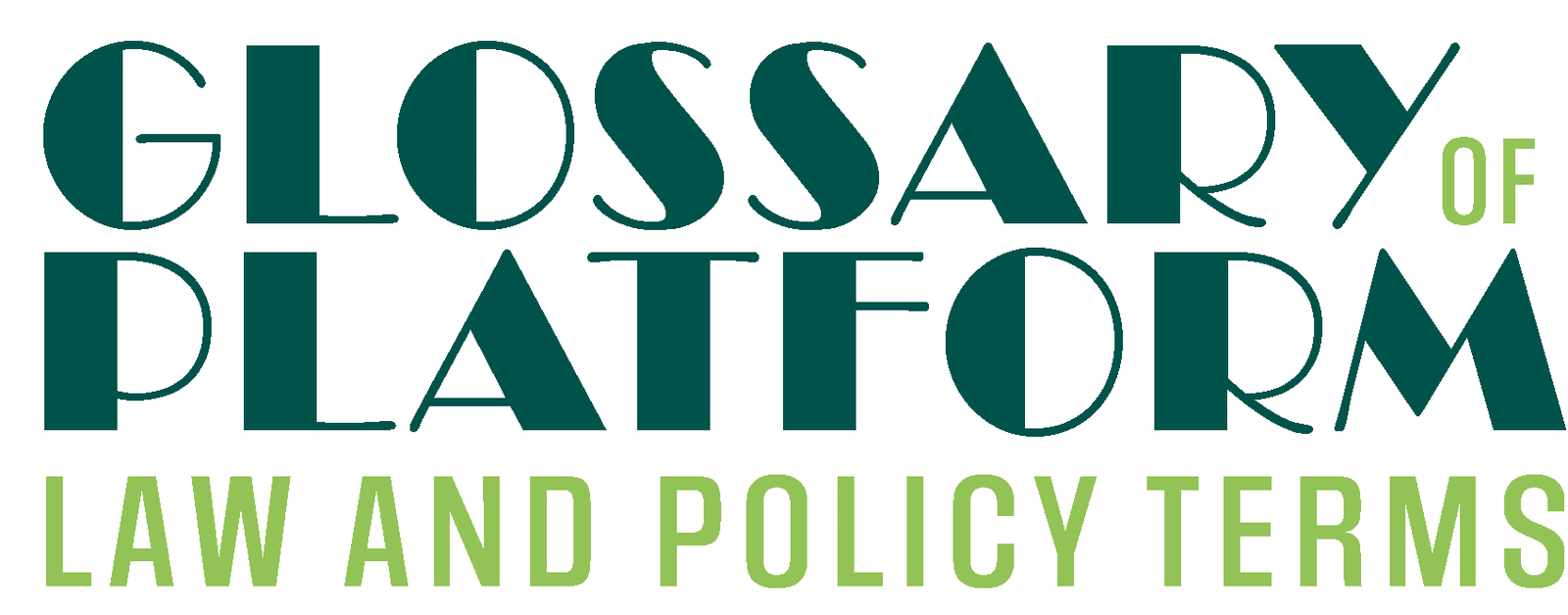Nicolo Zingales (16/12/2021). Application Program Interface. In Belli, L.; Zingales, N. & Curzi, Y. (Eds.), Glossary of Platform Law and Policy Terms (online). FGV Direito Rio. https://platformglossary.info/application-program-interface/.
Author: Nicolo Zingales
An Application Program Interface (also known as API, or ‘middleware’) is any well-defined interface which identifies the service that one component, module, or application provides to other software elements (de Souza et al., 2004)1. APIs can be grouped into two types: those which are more intensively computational, based on an execution engine, and those which are declarative, based on presentation engines. In Oracle v. Google (2012)2, on the scope of copyright protection for interface specifications3, the US District Court distinguished three categories of information provided by these interfaces, namely (a) declaration or method header lines; (b) the method and class names; and (c) the grouping pattern of methods. In essence, these interfaces contain the information and instructions which enable third-party applications to run atop existing computer programs without a loss of functionality.
In the context of platform regulation, APIs are being advanced as a possible solution to give more control to individuals, both on how their personal data is collected and used (see My Data Declaration, 2017)4, and on how the platform moderates their feed (Keller, 2019)5. There are technical challenges, however, in how to operationalize this model, including the technical standards on which such APIs should be based, the legal safeguards to preserve the protection of individuals’ personal data (in particular when the API allow the transferring of data involving third parties) and the limits to regulation which may impose an API obligation to private entities (including the interference with the right to conduct business and freedom of expression).
References
- de Souza, C. R. et al. (2004). Sometimes you need to see through walls: a field study of application programming interfaces. In: Proceedings of the 2004 ACM conference on Computer supported cooperative work, 63-71.
- Oracle Am., Inc. v. Google Inc. (June 2012). No. 3:10-cv-. 3561, N.D. Cal., ECF No. 1211.
- Van Rooijen, A. (2010). The software interface between copyright and competition law: a legal analysis of interoperability in computer programs. Kluwer Law International BV.
- MyData (2017). Declaration of Principles. Available at: https://mydata.org/ declaration.
- Keller, Daphne. (2019). Platform Content Regulation – Some Models and Their Problems. The Center for Internet and Society. Available at: http://cyberlaw.stanford.edu/blog/2019/05/platform-content-regulation-some-models-and-their-problems.
